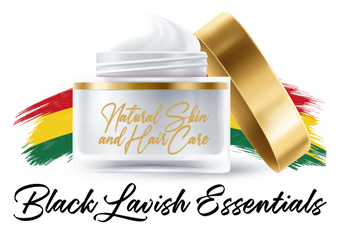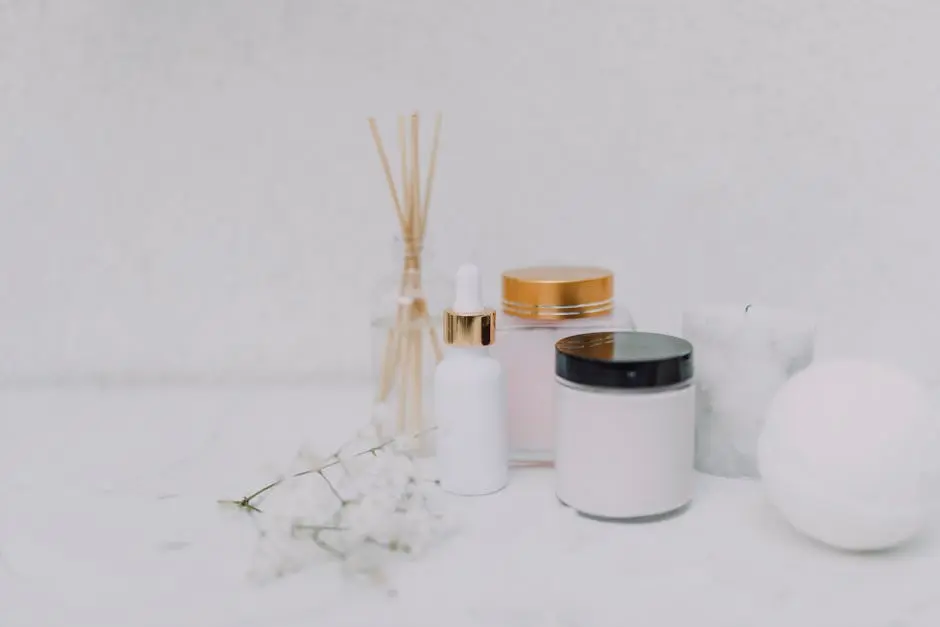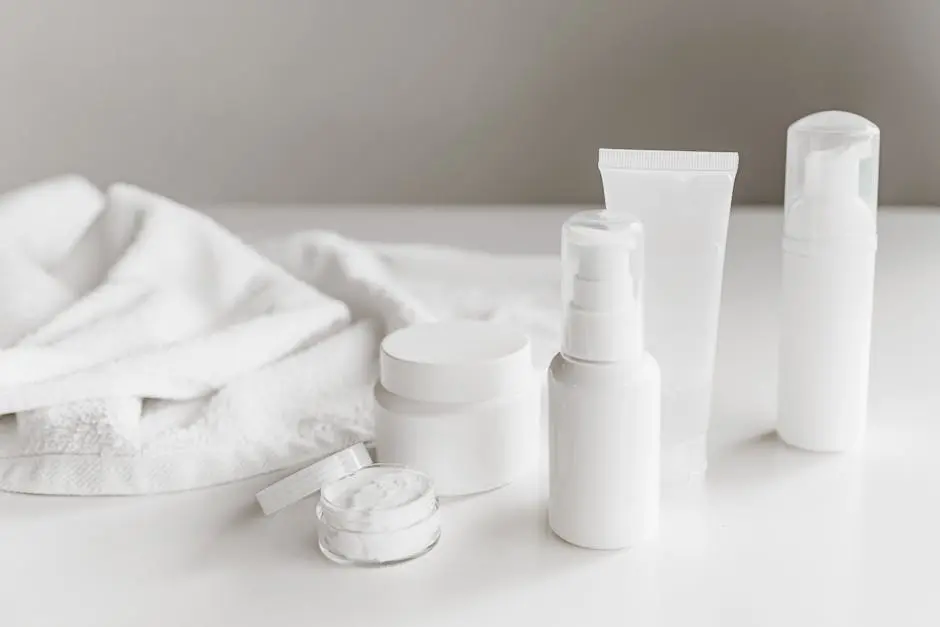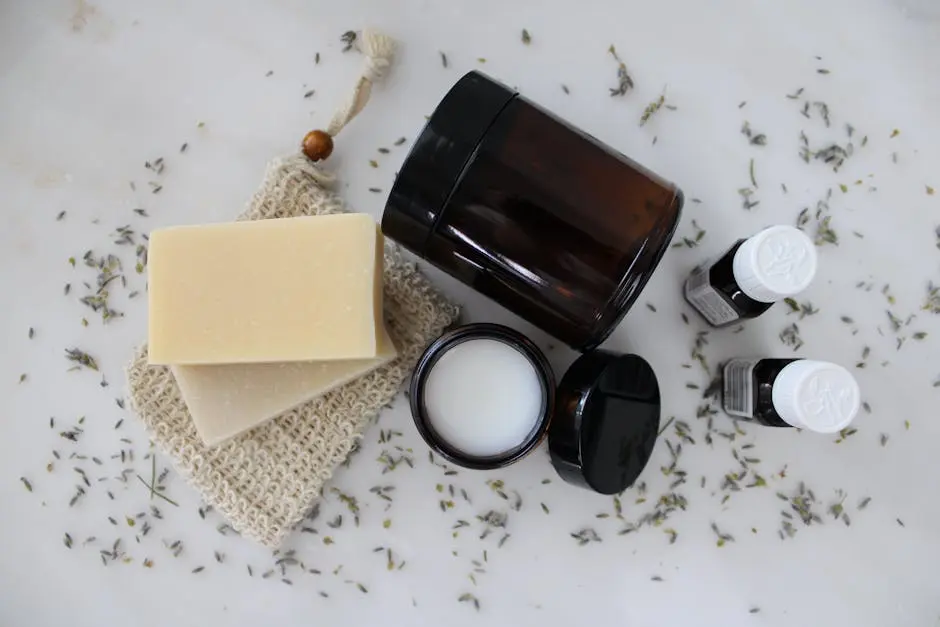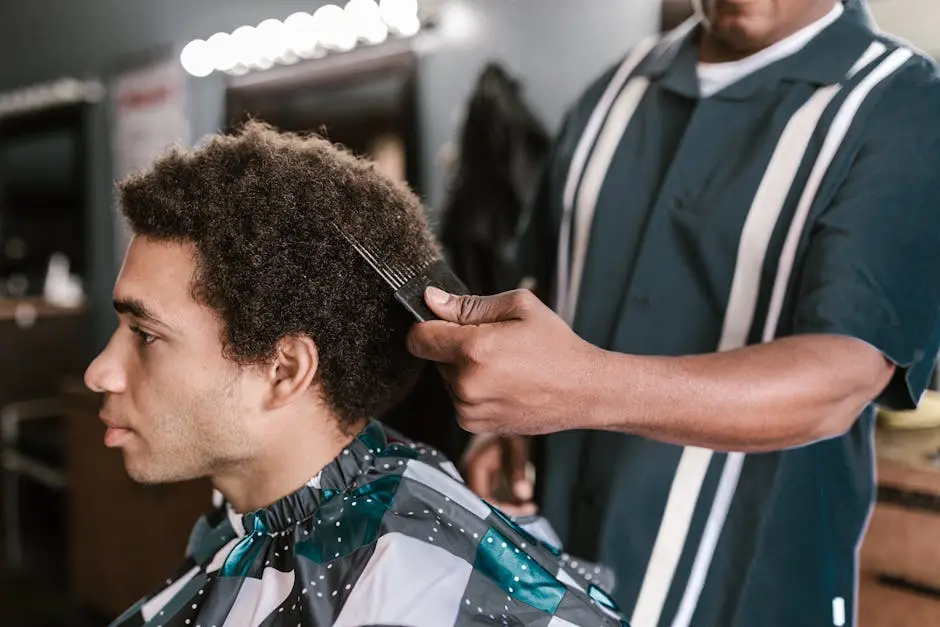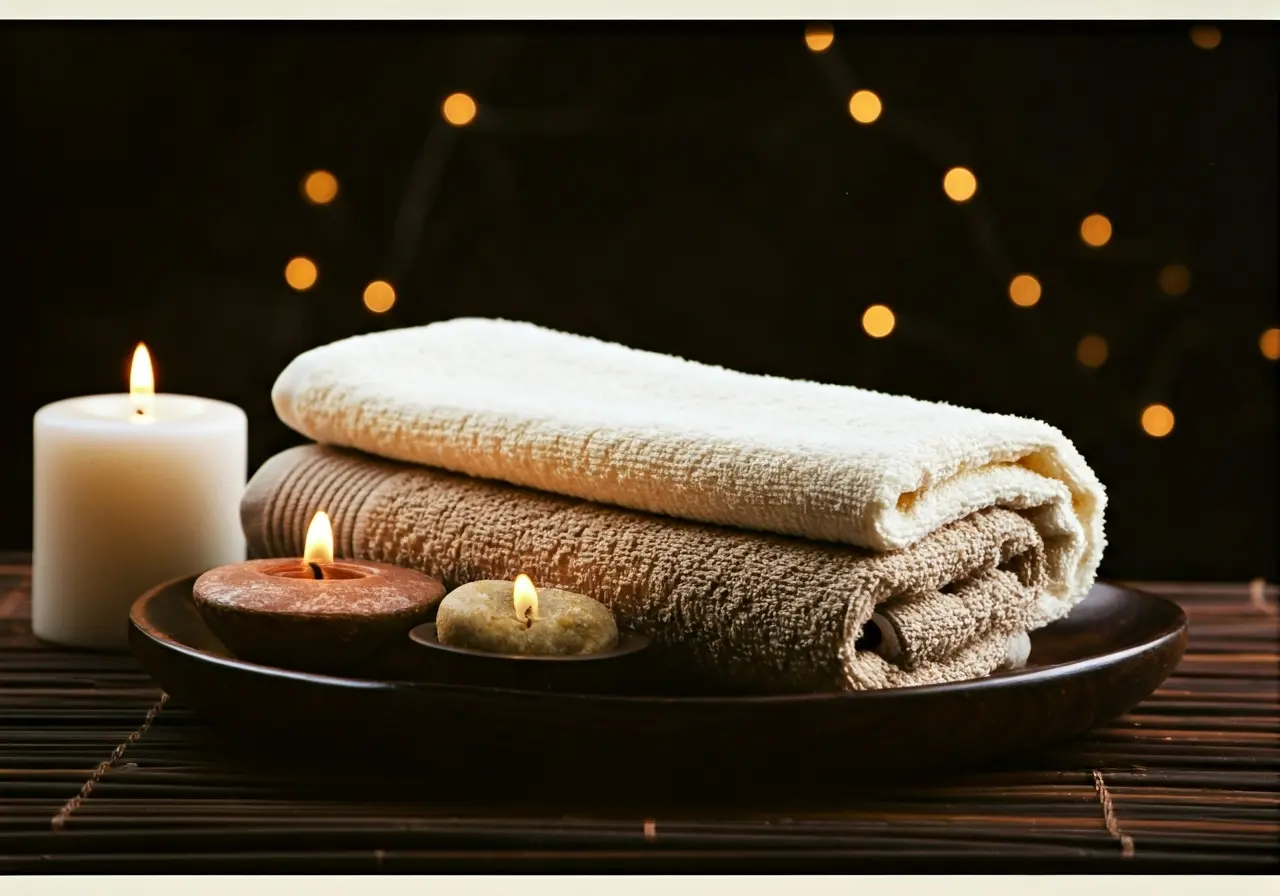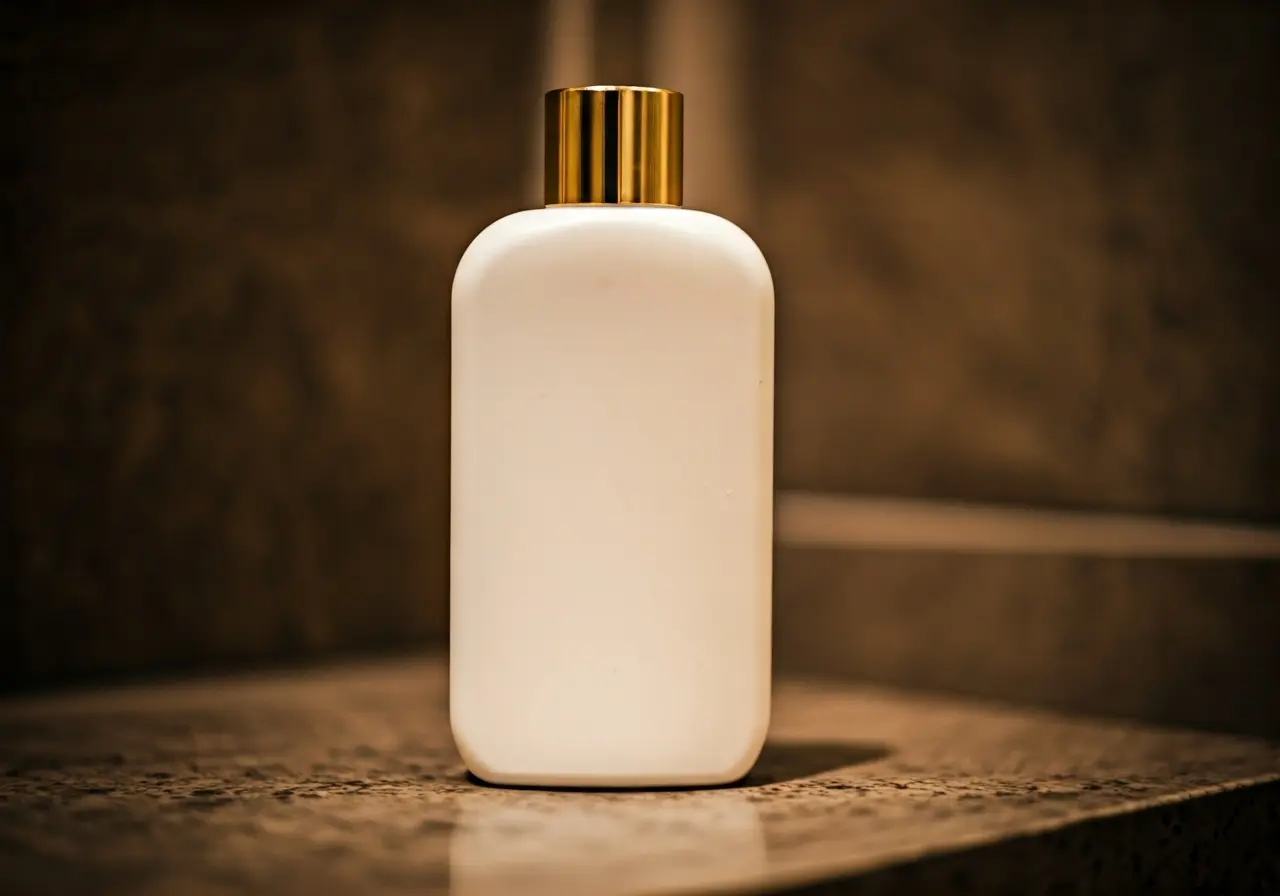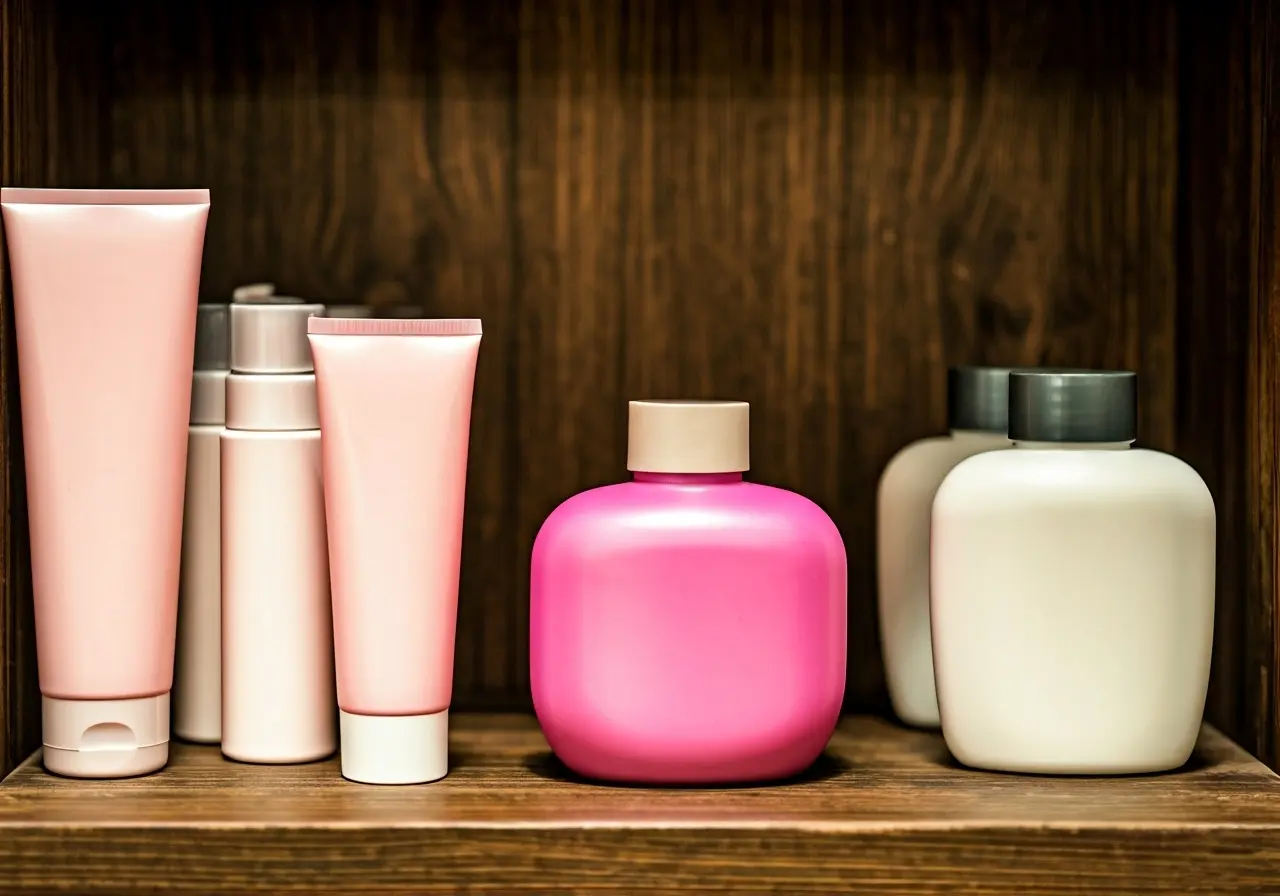
12 Ways to Manage Eczema with Organic Skincare
Eczema can be a nagging skin condition, but with the right approach, it can be managed effectively. Using organic skincare products can be a gentle and effective way to soothe and nourish eczema-prone skin. In this blog, we’ll explore practical ways to incorporate organic skincare into your daily routine to help manage eczema symptoms.
1. Choosing the Right Organic Moisturizer
When it comes to managing eczema, the moisturizer you choose can make a significant difference. An ideal organic moisturizer should contain ingredients that replenish the skin’s natural barrier without causing further irritation. For instance, look for products infused with natural humectants like glycerin or aloe vera, known for their ability to lock in moisture. It’s essential to avoid products with artificial fragrances or synthetic preservatives, as these can exacerbate eczema symptoms. Daily application of a suitable moisturizer helps keep your skin hydrated, reducing the likelihood of flare-ups.
Interestingly, the composition of your moisturizer should be attuned to your unique skin type. For those with particularly dry skin, opt for a thicker emollient that provides long-lasting hydration. Remember, there’s no one-size-fits-all solution to eczema management, so it may require some experimentation to find what best suits your skin’s needs. Explore our range of skincare essentials designed to cater to eczema-prone skin.
2. Discover the Benefits of Oatmeal Baths
Oatmeal baths are a time-honored remedy for itchy, inflamed skin, offering soothing relief from eczema. Colloidal oatmeal, in particular, forms a protective barrier over the skin, locking in moisture while calming irritation and redness. Incorporating oatmeal baths into your routine can help reduce the frequency and severity of eczema flare-ups. Prepare an oatmeal bath by adding finely powdered oats to warm water, allowing it to dissolve completely. The healthy fats and proteins in oatmeal work in synergy to restore the skin’s ideal pH balance.
3. Why Aloe Vera is a Hero for Your Skin
Aloe vera is revered for its myriad skin benefits and is especially beneficial for those dealing with eczema. Known for its cooling and healing properties, aloe vera gel can alleviate discomfort, reduce inflammation, and promote healing of eczema-affected areas. Regular use can help soothe the skin, thereby minimizing the redness and itching that often accompany eczema. When choosing an aloe vera product, ensure it has minimal additives or preserve to maintain its efficacy and improve skin health.
4. Incorporating Chamomile into Your Routine
Chamomile is another gentle, natural remedy that can work wonders for eczema-prone skin. Whether applied topically as a cream or ingested as a tea, chamomile is celebrated for its anti-inflammatory and soothing properties. It can effectively reduce redness and relieve itchy skin when incorporated into a skincare routine. Adding chamomile-infused creams or oils to your daily regimen can promote healing, making it a welcomed relief for irritated skin while nourishing it from within.
5. The Power of Shea Butter
Shea butter is a powerhouse when it comes to moisturizing and nourishing eczema-prone skin. Its rich, fatty acid content makes it an excellent choice for repairing and strengthening the skin’s barrier function. Not only does shea butter provide deep hydration, but its vitamin E content also aids in reducing inflammation and healing damaged skin. Opt for raw, unrefined shea butter to maximize its benefits, as it retains more of its natural nutrients, providing long-term relief and protection from eczema flare-ups.
6. Essential Oils: Friend or Foe?
Essential oils can be a double-edged sword for those with eczema. While some oils, such as lavender and chamomile, have calming properties that can aid in reducing eczema symptoms, others, like peppermint or tea tree oil, might irritate the skin. It’s crucial to perform a patch test before applying any essential oil directly to eczema-affected areas to avoid adverse reactions. When used correctly in low concentrations or mixed with carrier oils, certain essential oils can complement your eczema management routine, offering aromatherapeutic and skin benefits.
7. Coconut Oil for Extra Hydration
Coconut oil is often hailed for its hydrating and antibacterial properties, making it a popular choice for managing eczema. Its ability to penetrate deep into the skin and provide lasting moisture helps alleviate dryness and discomfort. Additionally, the lauric acid content in coconut oil offers antibacterial benefits, reducing the risk of infection in eczema-affected areas. However, consider the comedogenic rating of coconut oil; while it works well for some, it may clog the pores for others.
8. Green Tea Extract for Soothing Relief
Green tea extract, abundant in antioxidants, is a powerful ally in soothing eczema-prone skin. Its anti-inflammatory properties work wonders in calming irritation and reducing the appearance of eczema flare-ups. Incorporating a topical product containing green tea extract into your skincare routine can help protect your skin from environmental stressors while simultaneously providing relief from itchy, inflamed patches. Be sure to select a formulation that suits your skin type to maximize its cleansing and healing benefits.
9. Honey as a Natural Healer
The humble honey is a surprisingly effective natural healer when it comes to managing eczema. Its antibacterial and anti-inflammatory properties make it a versatile addition to skincare routines, assisting in the repair of damaged skin and prevention of further irritation. Using raw, organic honey allows you to harness its full benefits, creating a soothing balm that promotes cell regeneration. Consider applying a thin layer of honey to affected areas and leaving it to act overnight for a simple, organic remedy.
10. Benefits of Calendula Cream
Calendula cream is a favorite among eczema sufferers for its soothing and nourishing properties. Its gentle formulation is ideal for calming inflamed skin and reducing redness and swelling. Whether used on its own or combined with other organic ingredients, calendula cream can effectively moisturize and restore the skin’s natural balance. Regular use may enhance the skin’s resilience to eczema flare-ups, making it a valuable addition to your arsenal of skincare essentials devoted to health and comfort.
11. Creating a Gentle Skincare Routine
Crafting a gentle skincare routine is paramount when managing eczema. Organic products with soothing ingredients should be prioritized to prevent exacerbating symptoms. Starting with a mild cleanser, followed by a nourishing toner, and finishing with a deeply hydrating moisturizer can create a protective barrier that fortifies your skin against environmental irritants. Always patch-test new products and introduce them gradually to your regimen to monitor reactions. Find reliable organic skincare options in our exclusive skincare collection.
12. Understanding Eczema Triggers
Identifying and avoiding eczema triggers is a critical strategy in managing this persistent condition. Triggers can vary from person to person but commonly include stress, allergens, and harsh soaps or detergents. By paying attention to your skin’s response to different environmental and lifestyle factors, you can identify what exacerbates your symptoms. Combining this knowledge with the use of organic skincare products can help reduce the frequency and intensity of eczema outbreaks. Regular monitoring and adaptation are key to long-term skin health.



